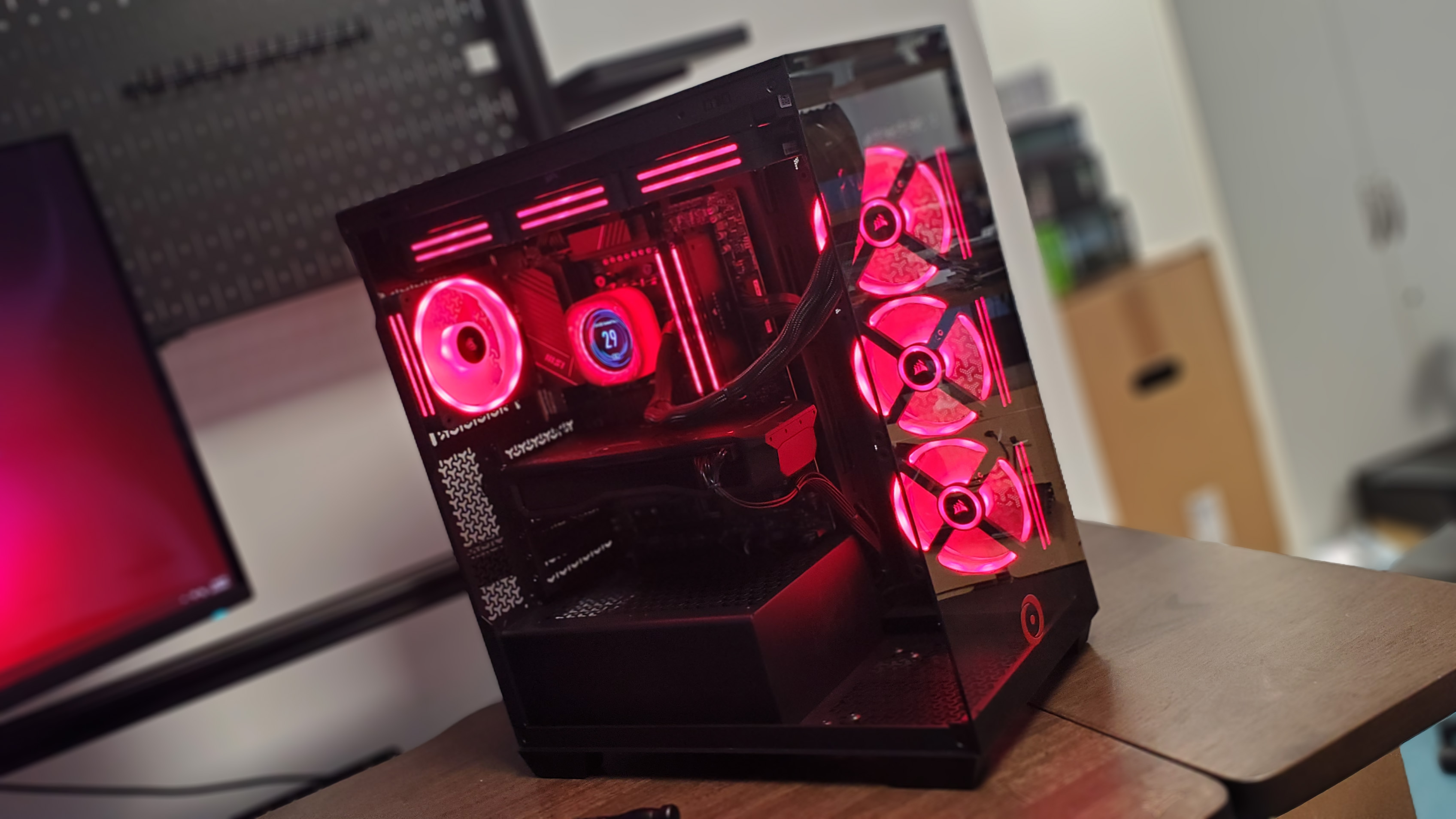Intel lays out its CPU roadmap to 2024 and beyond
Intel is going aggressive.
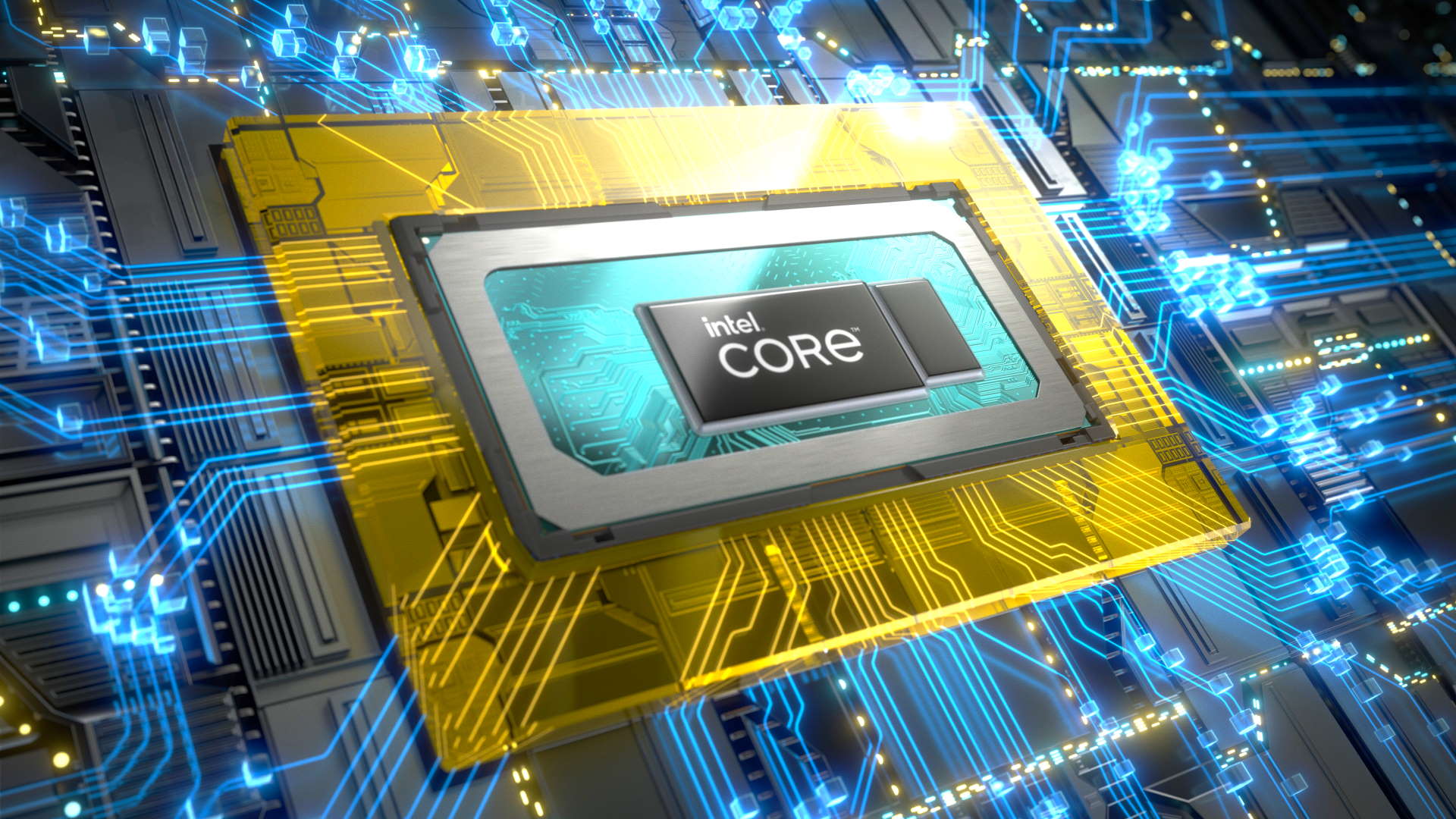
Intel has provided some new details on its upcoming CPU roadmap during its 2022 Investors day presentation.
We already know a few things about Intel's 13th Generation Raptor Lake processors. They’re set to be released in the second half of 2022 and its clear they’re in a good state this far out, as Intel demonstrated a working system with a Raptor Lake processor.
It’s set to be an evolutionary upgrade over 12th Generation Alder Lake processors. It will include up to eight updated P cores and sixteen E cores, double the count of the 12900K. Jim Johnson, senior vice president and interim leader of the Client Computing Group, said that Intel is targeting a double-digit performance boost compared to existing 12th Generation Core Alder Lake processors.
Intel also teased some new overclocking enhancements, and although we long suspected it, it's confirmed that 13th Gen processors will be compatible with existing 12th Gen motherboards.
Perhaps the most interesting part of the Raptor Lake update was the reveal of an AI accelerator in an M.2 form-factor. It may not have much use for gamers but then Nvidia has support for its Tensor Cores which include AI functionality. Could such an accelerator be used in a similar way?
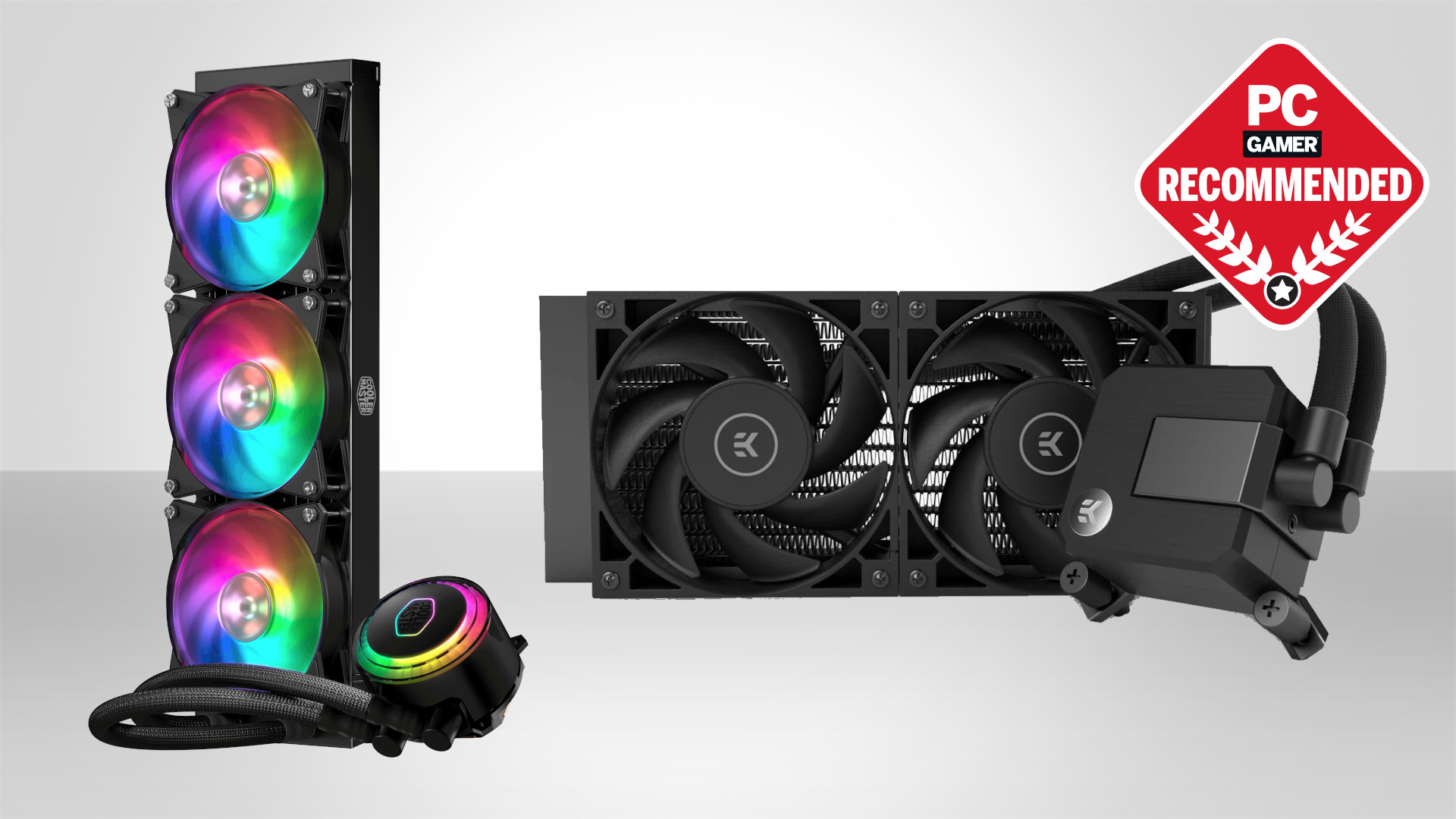
Best AIO cooler for CPUs: All-in-one, and one for all... components.
Best CPU air coolers: CPU fans that don't go brrr.
The big changes are set to come in the following Meteor Lake generation. These will presumably to be called 14th Generation processors and are currently scheduled to launch sometime in 2023. Meteor Lake is set to include a tile or chiplet based architecture, with multiple dies on the same package. The CPU tile is set to be fabricated on Intel's next generation Intel 4 node. As the design is highly modular, Intel can chop and change different tiles depending on its use case. Intel could add a better Arc GPU or omit an AI accelerator depending on the market segment.
How about 15th and 16th Generation processors? Intel is hard at work developing them too. The first of these is codenamed Arrow Lake. It’s currently scheduled to replace Meteor Lake in 2024. It’s set to be produced using Intel’s 20A node. It may be that Arrow Lake is another evolutionary upgrade following the major changes introduced in the Meteor Lake generation. Is tick tock back?
The biggest gaming news, reviews and hardware deals
Keep up to date with the most important stories and the best deals, as picked by the PC Gamer team.
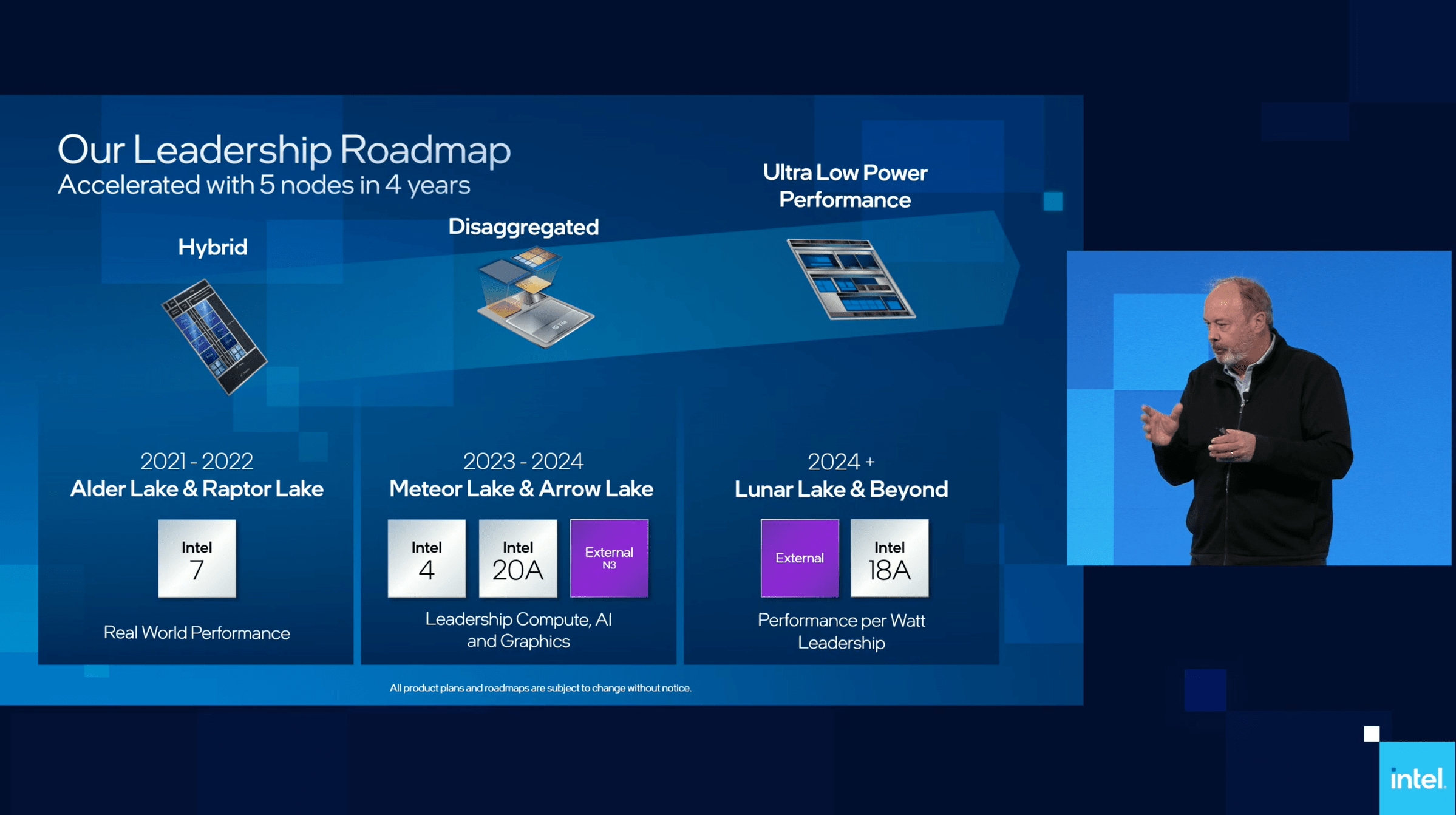
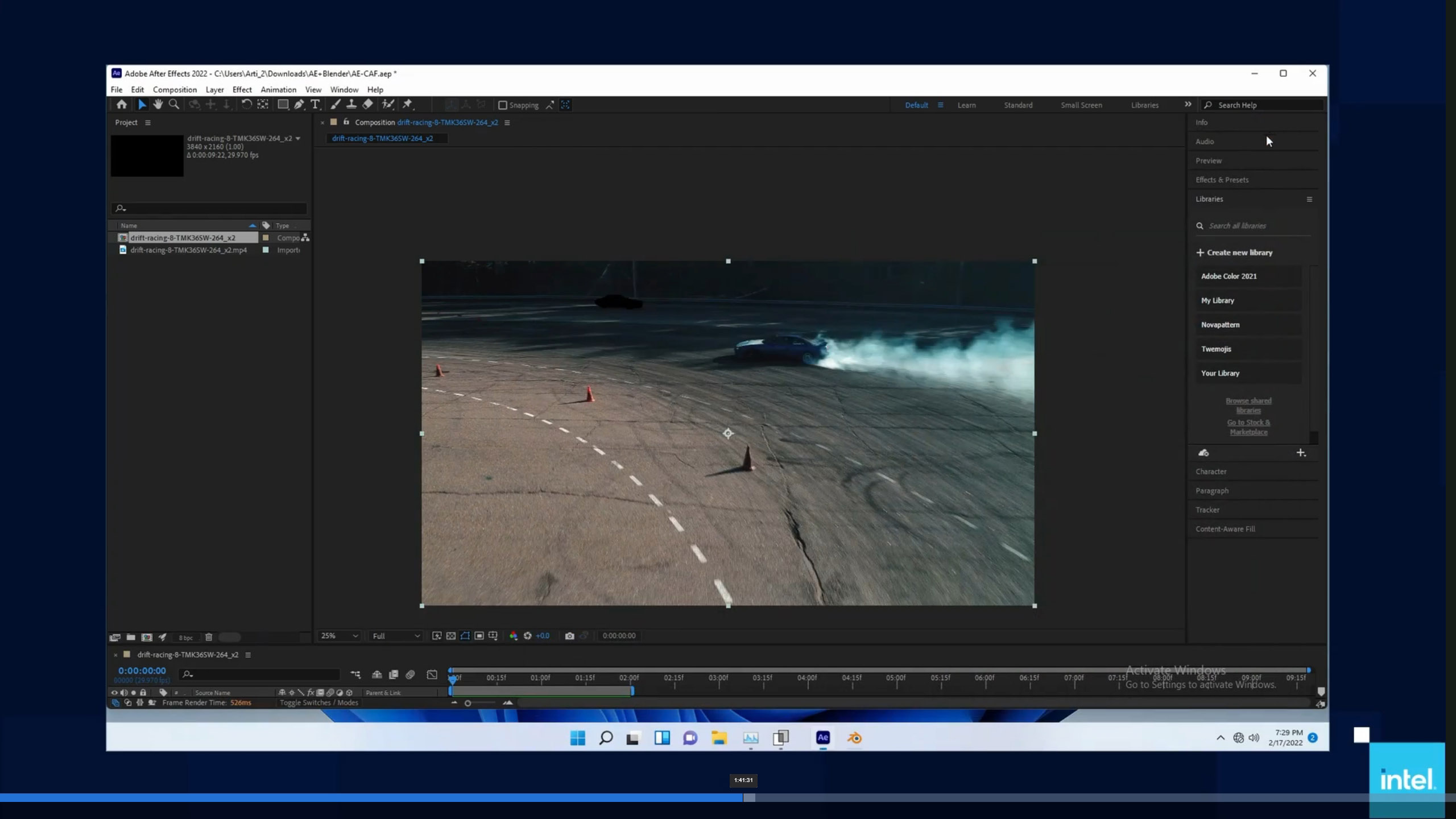
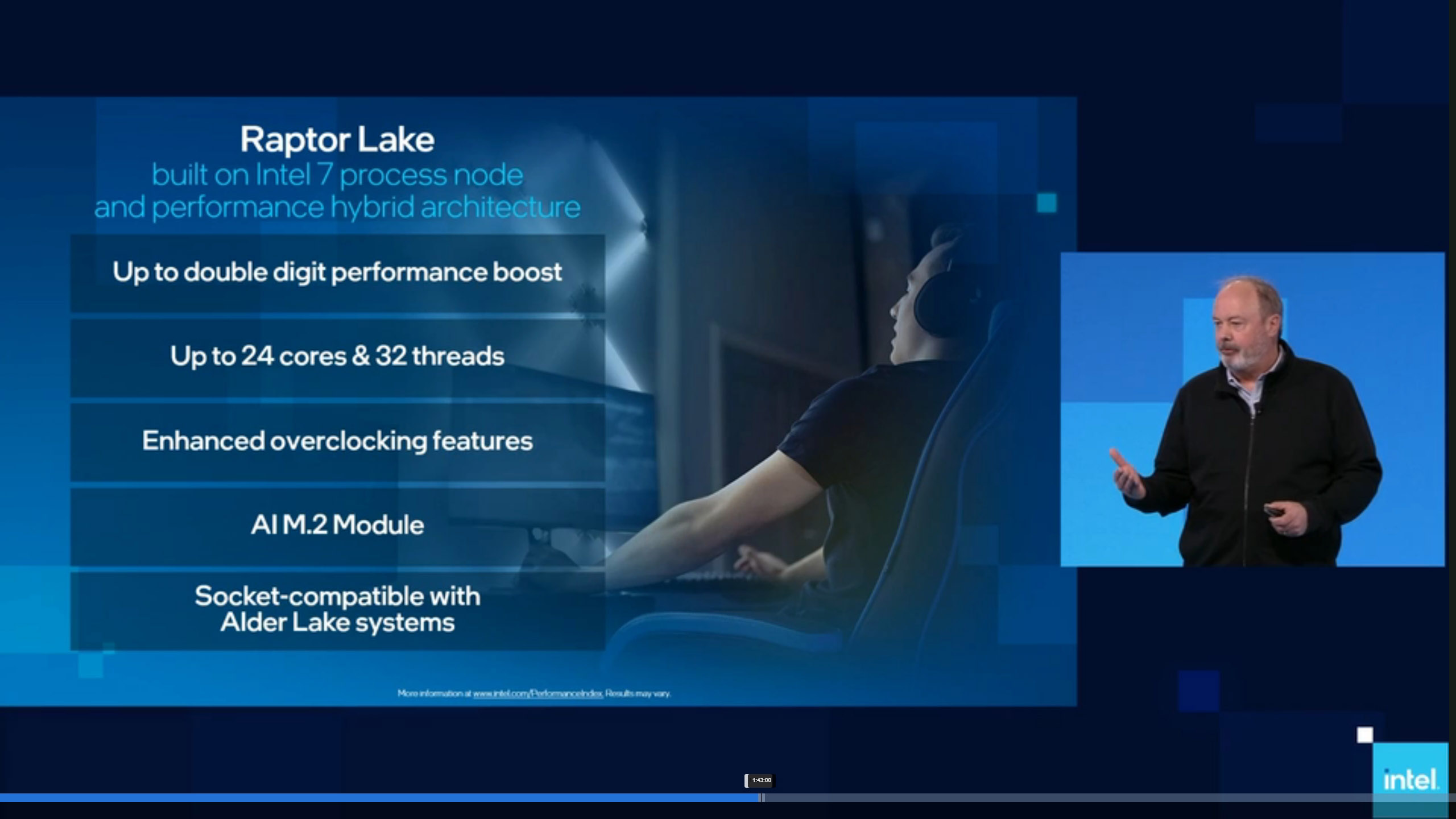
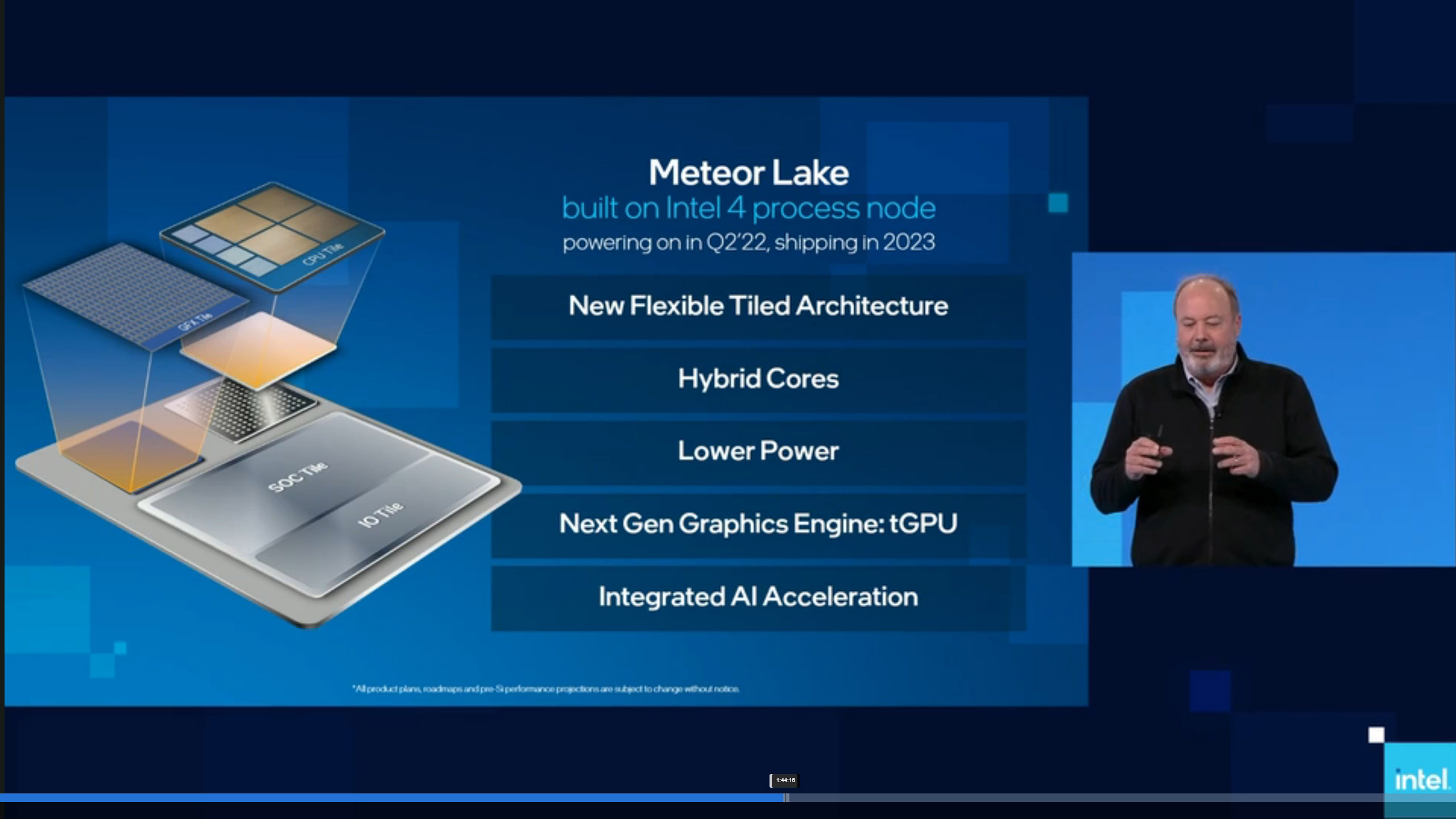
Then there’s Lunar Lake which may come as early as 2024 and it looks as though it will co-exist with Arrow Lake. Intel mentioned that it aims to reclaim performance per watt leadership with Lunar Lake and given it stated that its an ultra low power design, means it's most likely a mobile architecture. Who knows, maybe with its tile based architecture, adding an ARM tile isn’t outside the realm of possibility!
After years of 14nm and Skylake+++ memes, Intel has clearly shifted gears. It’s process technology and roadmap look to be very aggressive. Its CPU roadmap, advanced packaging technologies and developing graphics IP mean Intel is well placed to take on AMD in the years ahead.

Chris' gaming experiences go back to the mid-nineties when he conned his parents into buying an 'educational PC' that was conveniently overpowered to play Doom and Tie Fighter. He developed a love of extreme overclocking that destroyed his savings despite the cheaper hardware on offer via his job at a PC store. To afford more LN2 he began moonlighting as a reviewer for VR-Zone before jumping the fence to work for MSI Australia. Since then, he's gone back to journalism, enthusiastically reviewing the latest and greatest components for PC & Tech Authority, PC Powerplay and currently Australian Personal Computer magazine and PC Gamer. Chris still puts far too many hours into Borderlands 3, always striving to become a more efficient killer.

